PROGRAM
Major sessions will be live streamed, and available on-demand.
Keynote Lecture
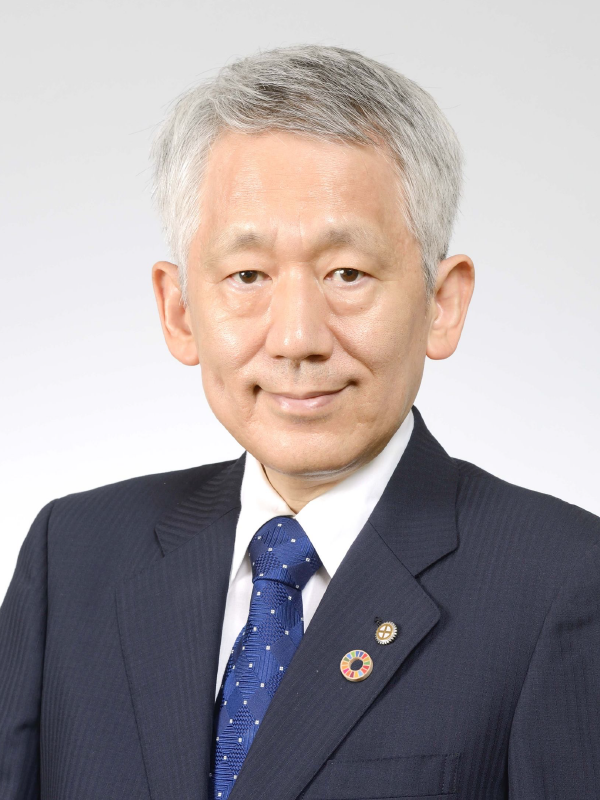
Contributions to the early detection of Alzheimer’s disease using analytical and medical technologies
Koichi TANAKA
Mass Spectrometry Research Laboratory Shimadzu Corporation
Plenary Lecture
Plenary Lecture1
Molecular Brain Imaigng of Dementia: Emerging Diseases, Therapies, and Role of Imaging
Thursday Sep.8th 14:30-15:30
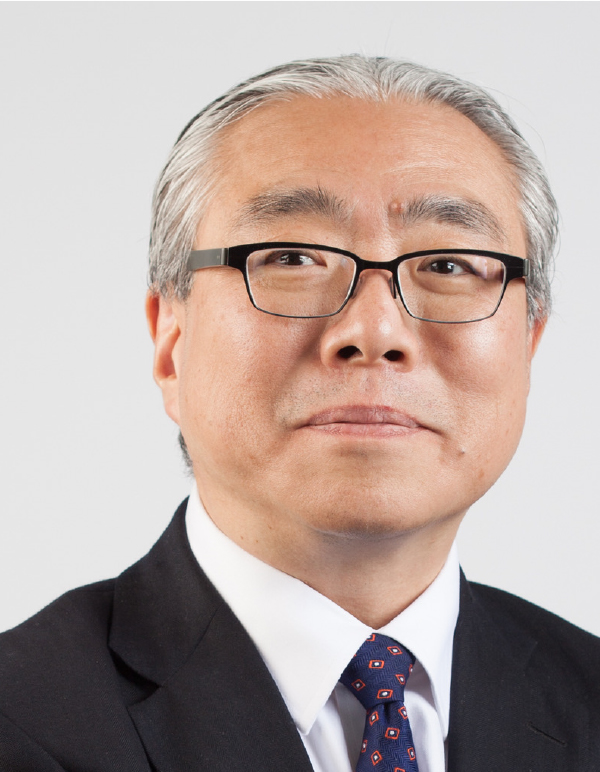
Satoshi Minoshima
Department of Radiology and Imaging Sciences at the University of Utah, USA
Plenary Lecture2
NUCLEAR CARDIOLOGY: NUCLEAR MEDICINE AND THE WORLD’S BIGGEST KILLER
Friday Sep.9th 9:30-10:30
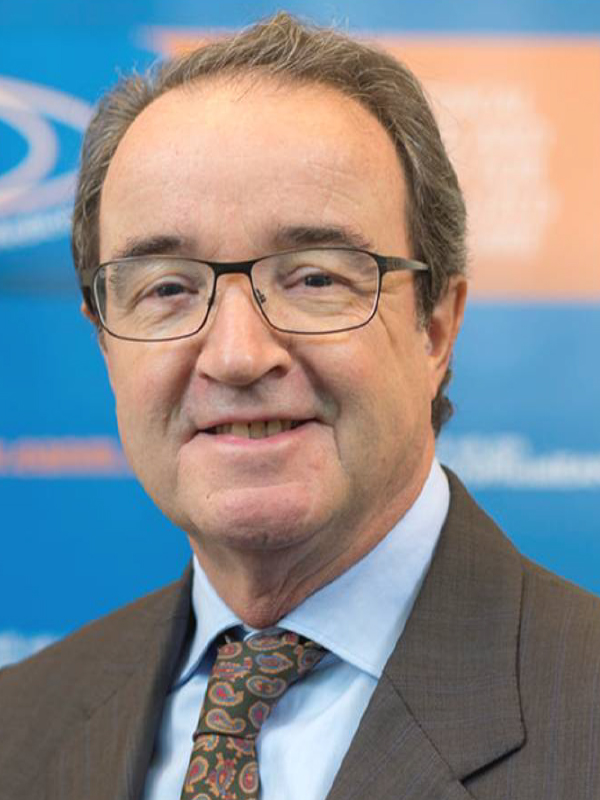
Ignasi Carrió
Department of Nuclear Medicine Hospital Sant Pau, Autonomous University of Barcelona, Barcelona, Spain
Plenary Lecture3
From Innovation to Implementation: Advancing Radiomolecular Precision Oncology forTheranostics of Personalized Cancer Care
Friday Sep.9th 11:00-12:00
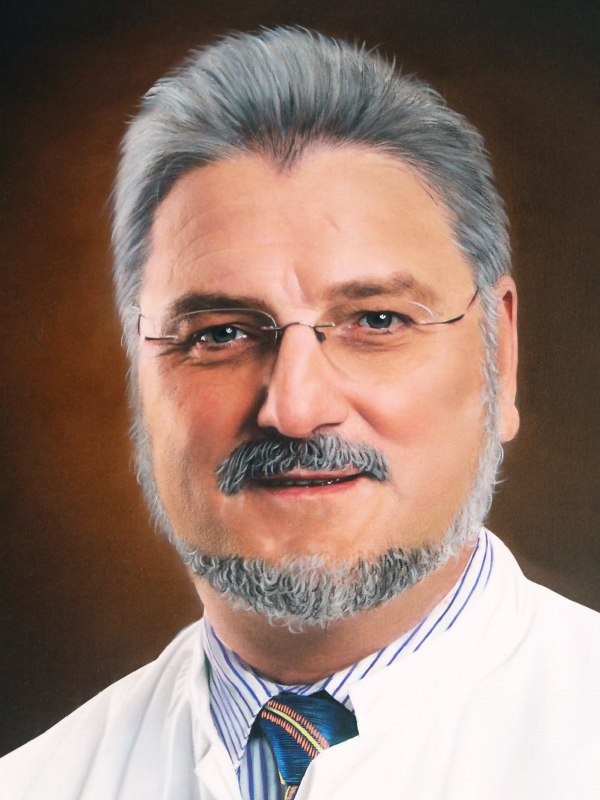
Richard Baum
Curanosticum Wiesbaden-Frankfurt, Germany
Plenary Lecture4
Saturday Sep.10th 9:15-10:15
1. Near infrared photoimmunotherapy of cancer
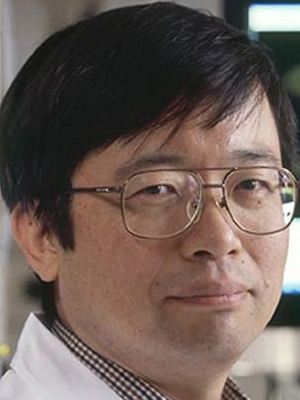
Hisataka Kobayashi
National Cancer Institute, Bethesda, USA
2. PET Imaging in Pediatric Epilepsy: Current Status and Future Perspectives
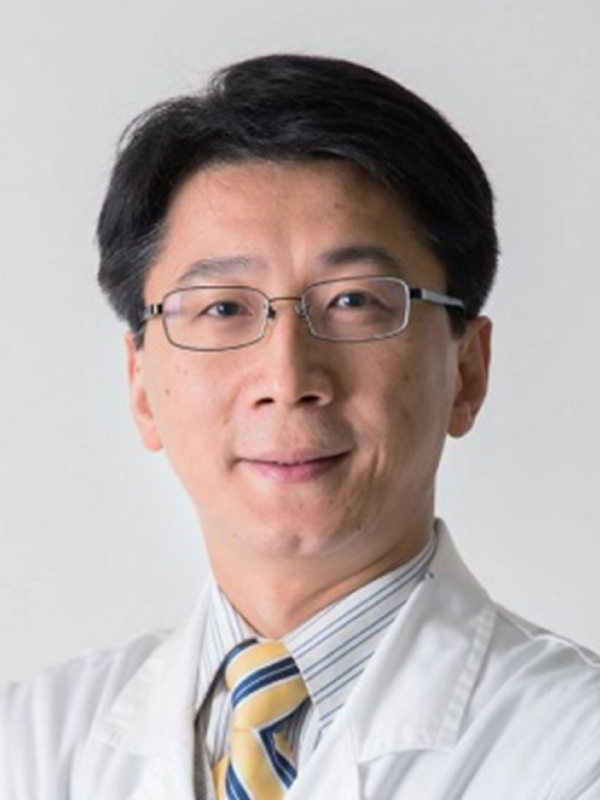
Hong Zhang
Zhejiang University, Hangzhou, China
Plenary Lecture5
Is the Rebirth of Nuclear Medicine Equitable Across the Planet?
Sunday Sep.11 11:00-12:00
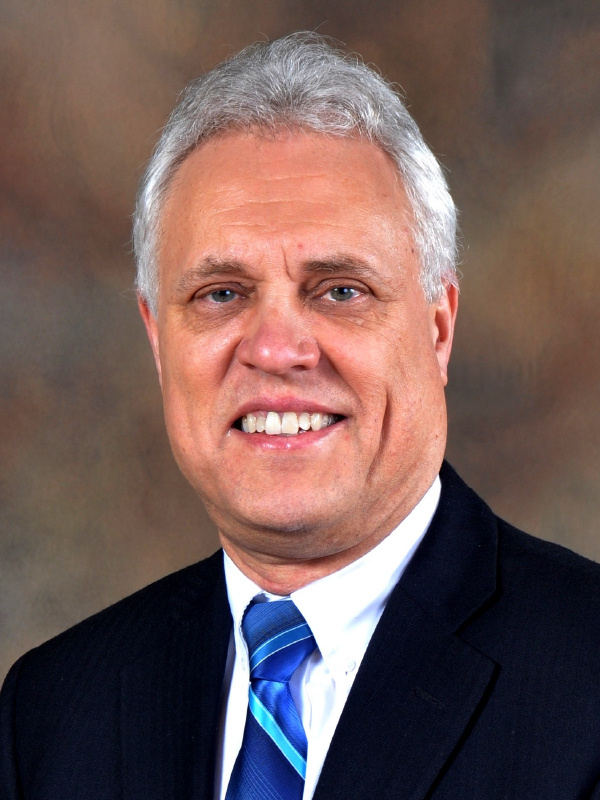
Jean Luc Urbain
Wake Forest School of Medicine, USA



